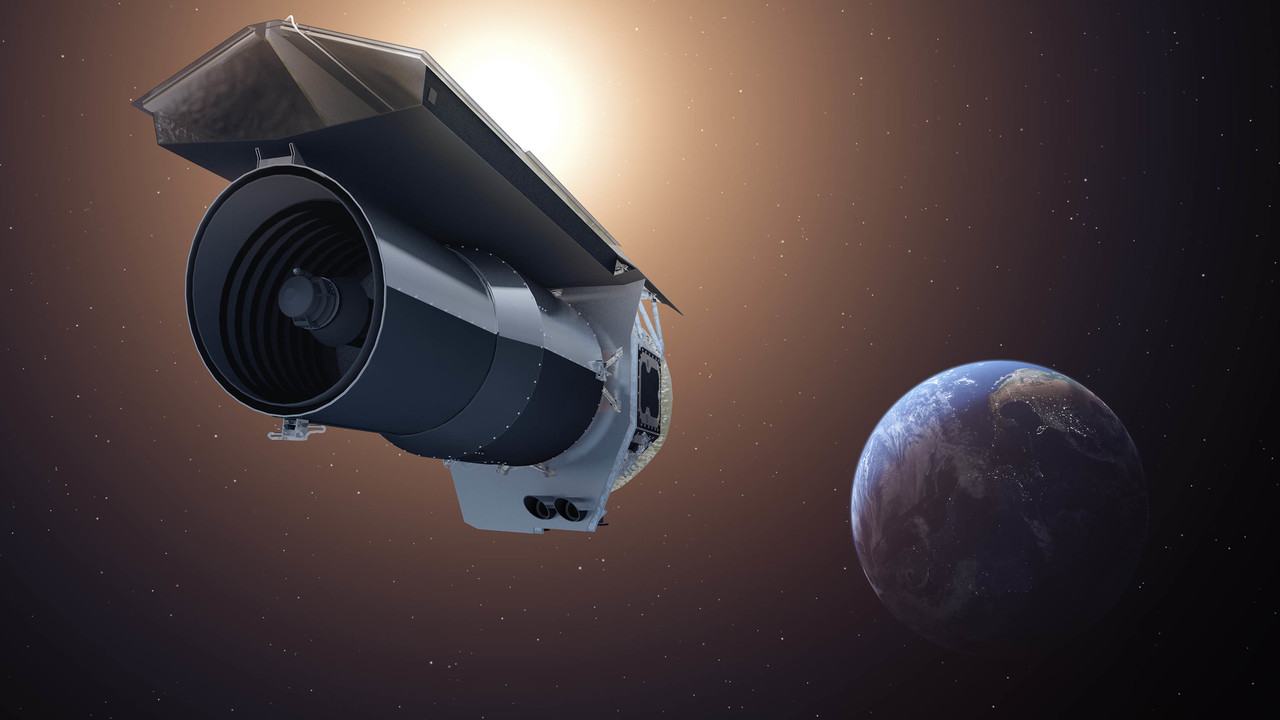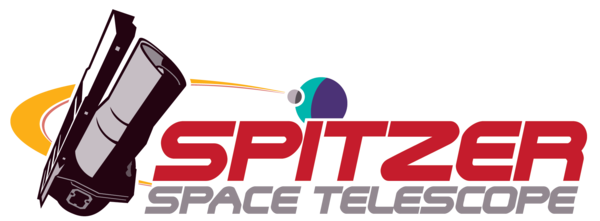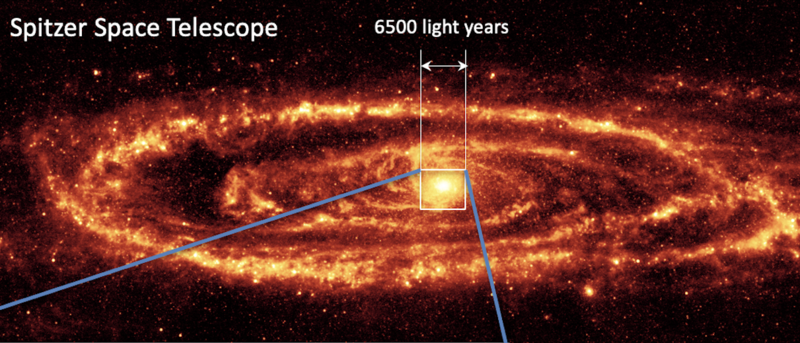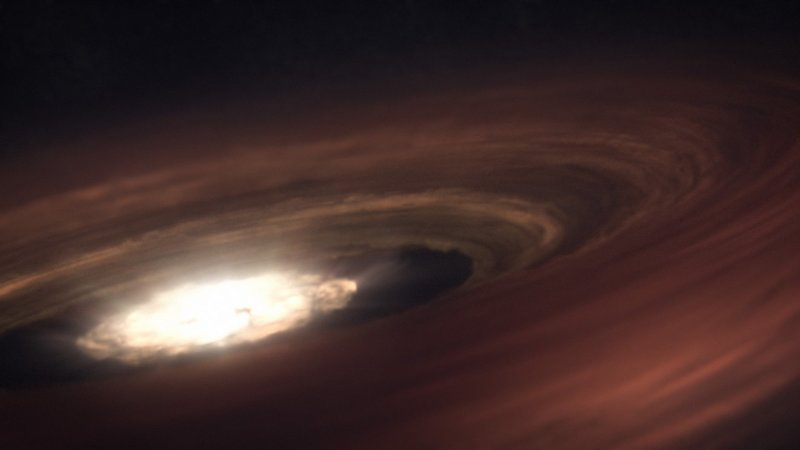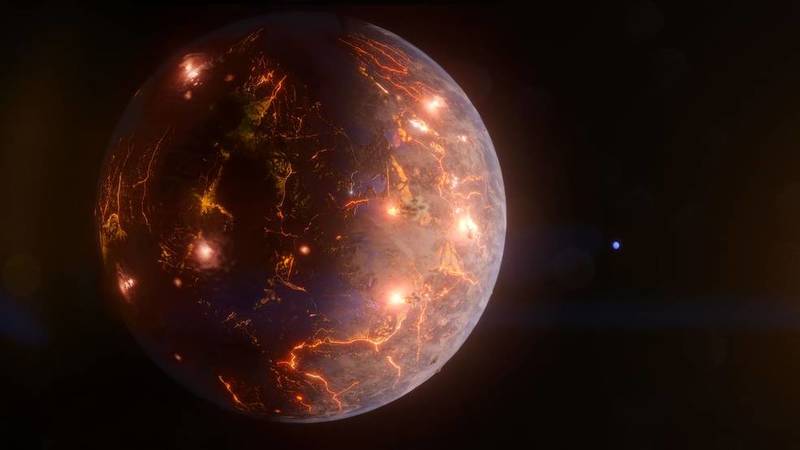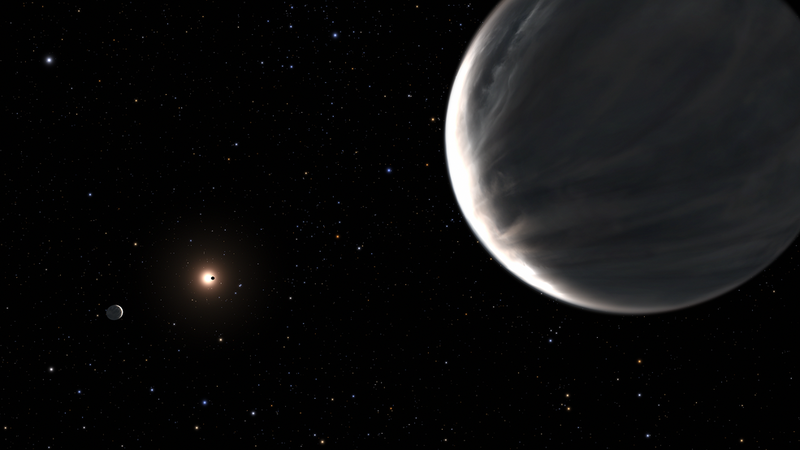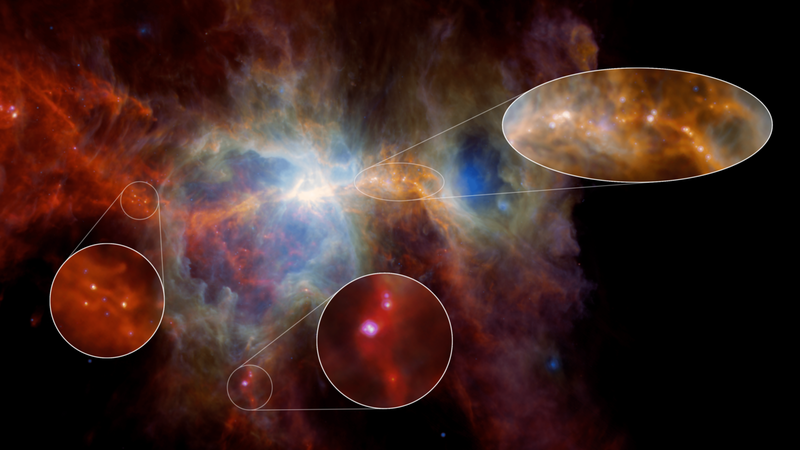Overview: The Spitzer Space Telescope is a retired NASA infrared space telescope and the final element of the NASA Great Observatories program. Spitzer was launched in August 2003 carrying a near-infrared camera (IRAC), mid-infrared spectrograph (IRS) and a mid- to far-infrared photometer (MIPS). Since it began routine science operations in December 2003, Spitzer has revealed the Universe in new ways, from mapping extrasolar planet temperatures to discovering a giant ring around Saturn to helping to uncover some of the most distant galaxies in the universe. In 2009 Spitzer began its "warm mission" after exhausting its cryogenic coolant, subsequently operating only the two shortest wavelength cameras on IRAC. In 2016, warm Spitzer entered its "Beyond" mission phase which continued until its decommissioning on January 30th, 2020. Formal project closeout occurred at the end of September 2021. The IPAC Infrared Science Archive (IRSA) houses and maintains the Spitzer Heritage Archive (SHA), the permanent data repository for all of the Spitzer mission data.
IPAC was home to the Spitzer Science Center (SSC) and provided the science operations component for NASA's Spitzer Space Telescope.
The IPAC Infrared Science Archive (IRSA) houses and maintains the Spitzer Heritage Archive (SHA), the permanent data repository for all of the Spitzer mission data. The SHA provides advanced visualization and query tools that support Spitzer users.
The SSC was responsible for instrument support, observation and proposal planning tools and databases, proposal peer review, observation scheduling, data processing, data reduction support, data archiving, and public outreach.
Support for observation planning and proposal review and selection involved multiple facets of science operations. These included drafting the calls for proposals, creating the tools and documentation required for science investigators to prepare their proposals, organizing observation planning workshops, providing assistance to proposers via a Helpdesk, organizing and running peer reviews of the proposals, performing technical reviews of proposals and accepted programs, and maintaining proposal and accepted program information in databases. The SSC Director was the responsible selection official.
The SSC supported the entire planning and scheduling process for Spitzer from science program creation through building the weekly observing schedules that are delivered to the Mission Sequence Team at JPL for uplinking to the observatory.
Support for science users of the observatory was provided via a Helpdesk, by SSC support scientists at AAS and other astronomy meetings, and in data reduction workshops run by the instrument and science support teams at the SSC. The same scientists also helped to organize Spitzer-related topical science meetings.
IPAC provided a professional software engineering staff for the SSC that has created all of the software tools for supporting the science community and the science operations.
The SSC provided well calibrated data to the community using production quality processing pipelines created by the downlink group. The Instrument Support Teams maintained the calibration of each instrument, provided expert level analysis of data features, tools and algorithms for optimizing the science return of the observations as well as instrument documentation and as they resolved in-flight anomalies.
The IPAC Communications and Education (ICE) team supported Spitzer with the creation of graphics, news stories, and outreach to the science community and the public.
See this webpage for news, images, videos and blog posts from Spitzer's Final Voyage.

